When there is an abundance of zucchini available, it is vital to have a diverse repertoire of ways to eat, prepare, and dehydrate the vegetable in order to make the most of it.
Here we will find out how to Dehydrate Zucchini Noodles in the Oven. In addition, one of these techniques is the production of dry zoodles.
In addition to being an excellent addition to a low-carb latke, zucchini also has the added benefit of being able to be easily frozen for later use.
The use of zucchini in the preparation of delectable chips that can be stored for an extended period of time is possible.
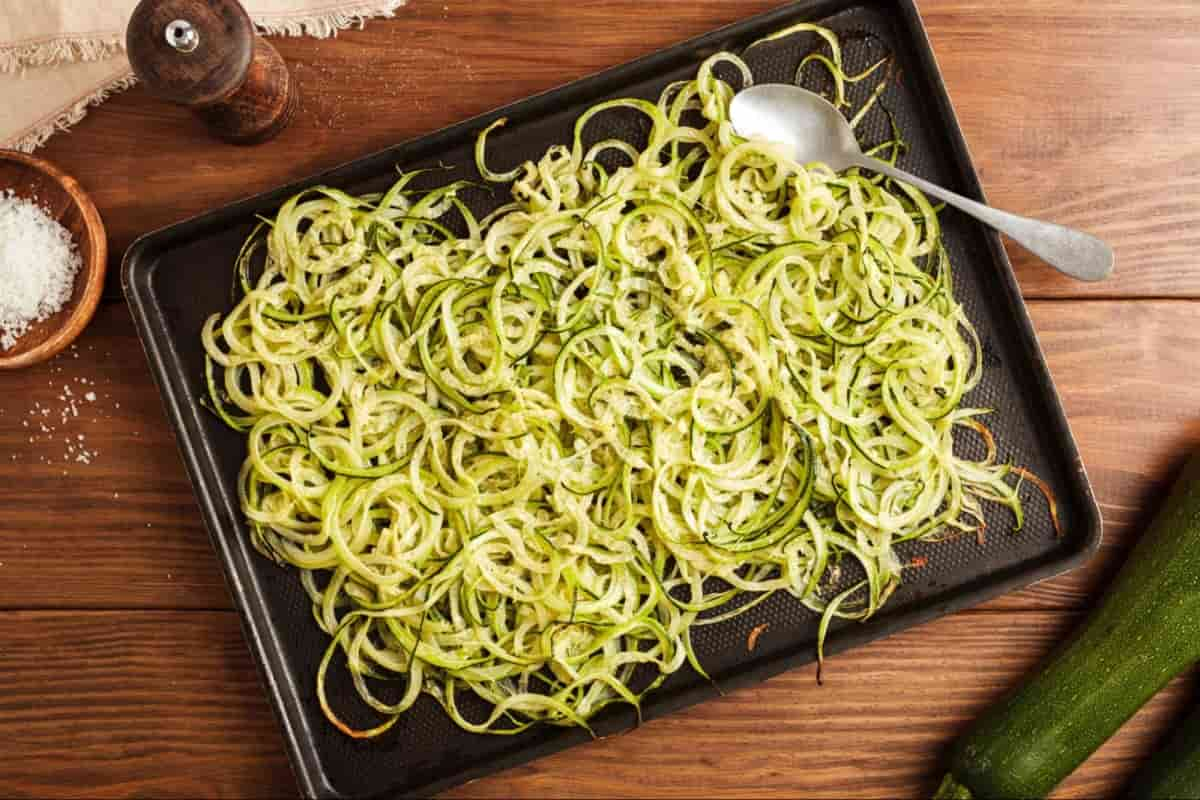
The harvest may be preserved and put to use at a later time by using zucchini in the form of noodles.
If you have a hankering for pasta but are trying to limit the amount of carbs you eat, zucchini noodles are an excellent alternative.
Spaghetti squash angel hair pasta:
In addition, as we are going to see in a moment, the “noodles” need very little work to make. In addition, since they will remain dry until winter, they will not diminish the power supply of your freezer. You have to choose zucchini very first thing on a daily basis.
When utilizing Daily Harvest, you may dry out fresh bundles on a daily basis. Additionally, picking the zucchini on a daily basis lowers the possibility of finding “baseball bat” varieties, which are often quite little, have a gritty texture, and are not especially tasty.
If you want the best results, choose fruit that is less than a pound old when you buy it.
Make sure your zucchini is prepped and ready to go for the zoodles.
Equipment needed to make zucchini noodles:
This two-sided vegetable peeler makes it possible to swiftly and simply clip wide strands of zucchini and angel hair pasta. You could purchase a spiralizer, which would cost much more money, but in the meantime, you could use something as simple and inexpensive as this.
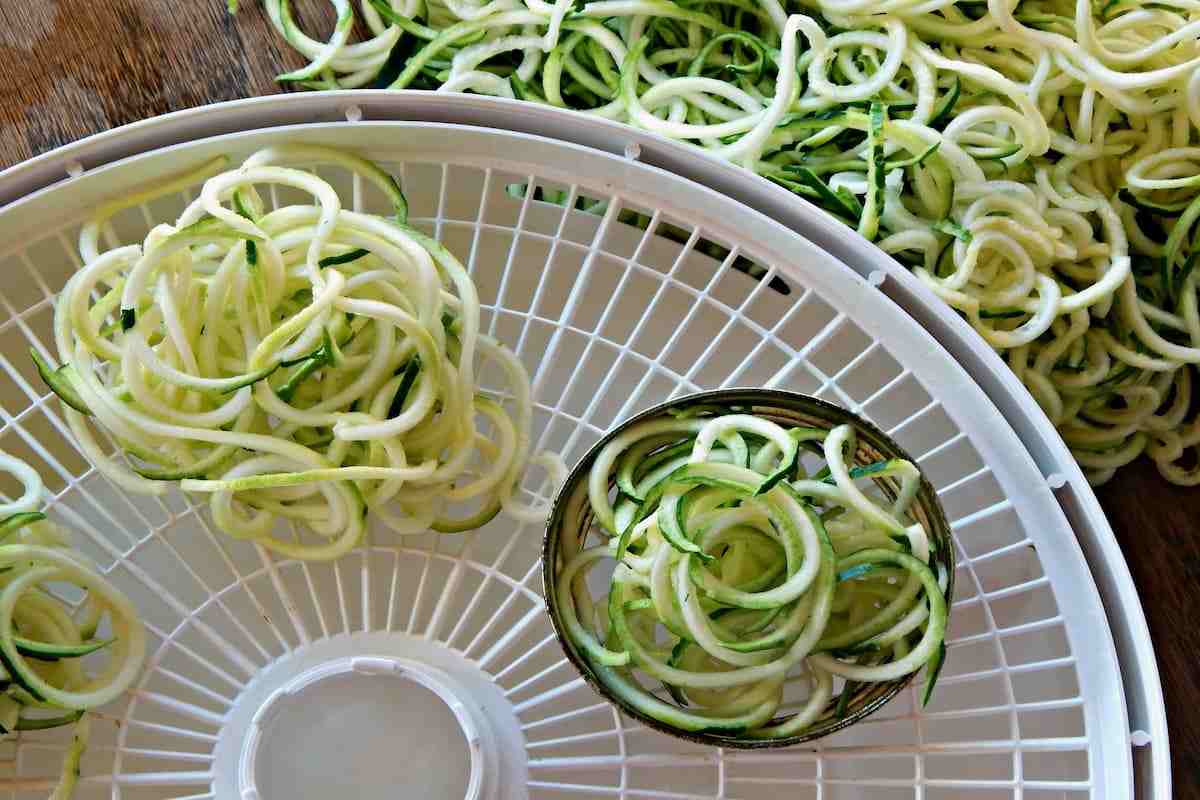
Once they have been cleaned and the stem, as well as the tip of the fruit bloom, have been removed, the zouks should be thrown away. Second, use the wide blade to peel the zucchini in a longitudinal direction.
The next step is to place the squash cut side down on the cutting board. This will prevent the squash from turning over as you cut the string.
In conclusion, the fourth place is open for you to pick your own zoodles! Use your imagination while making your zoodles, and make them into whatever sort that you like most.
The next step is to decide if you like something stringy or wide. Angel hair spaghetti has the perfect consistency because of its finer strands. As a result of their wide shape, however, they are an excellent substitute for egg noodles.
If you have a lot of different products, you should make a few of each design.
The noodles may then be made by repeatedly slicing the fruit lengthwise with a sharp knife to obtain the desired shape. In case you needed a further reminder, an angel’s hair may be cut with a razor blade.
Angels are supernatural beings. However, because of its huge leaf, the zucchini it produces is much longer.
As you get closer to the center of the zucchini, pick up the zoodles again, and then repeat this process on the other side of the zucchini. After that, flip the apple over and repeat the process on the other side.
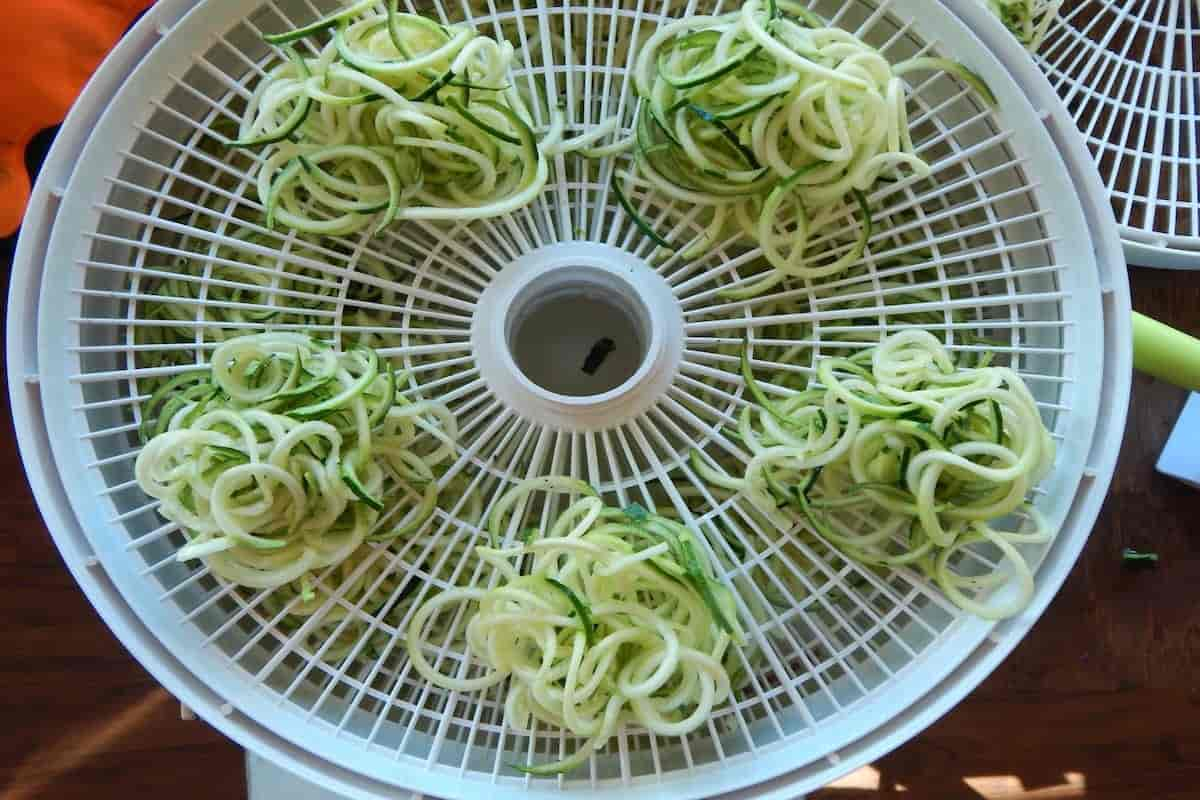
Keep in mind that you may have to cut the very last little piece with a knife or do it right there at the table if you want to get it all! Other than chopping the zucchini into noodles… Next, sprinkle some salt over the sliced noodles, and then set them in a strainer.
Additionally, proceed with extreme care. First, drain the salted squash and lay it out in a dish or the sink so that it may sweat for at least half an hour. This is the first step in making the noodles.
If there is room in the container for more liquid, feel free to add it, but take care not to break up the strands. They are often undetectable to the human eye.
The high salt content of zucchini makes it easier to remove the astringent juice contained inside the fruit and speeds up the drying process. Put a wastebasket below the sieve so that the juice may be collected.
Pumpkin-based noodles, which have been salted and drained:
The wide squash noodles may be dried once the water has been removed from the strainer where they were sitting. Those liquids should be thrown away.
Take special care to ensure that the draining racks contain just a single layer of the wide noodles. To guarantee that the dried noodles will be the appropriate size and form for the container you want to store them in, create thin stacks of them on the racks of the dehydrator.
Zoodles prepared of zucchini that have been dried and cut into widths:
A water trap is being used to maintain zucchini strands for later use. If the temperature setting on your dehydrator can be modified, we suggest setting it at 115 degrees Fahrenheit.
At this point, it is predicted that the drying period for thin noodles that have been salted would take between three and eight hours.
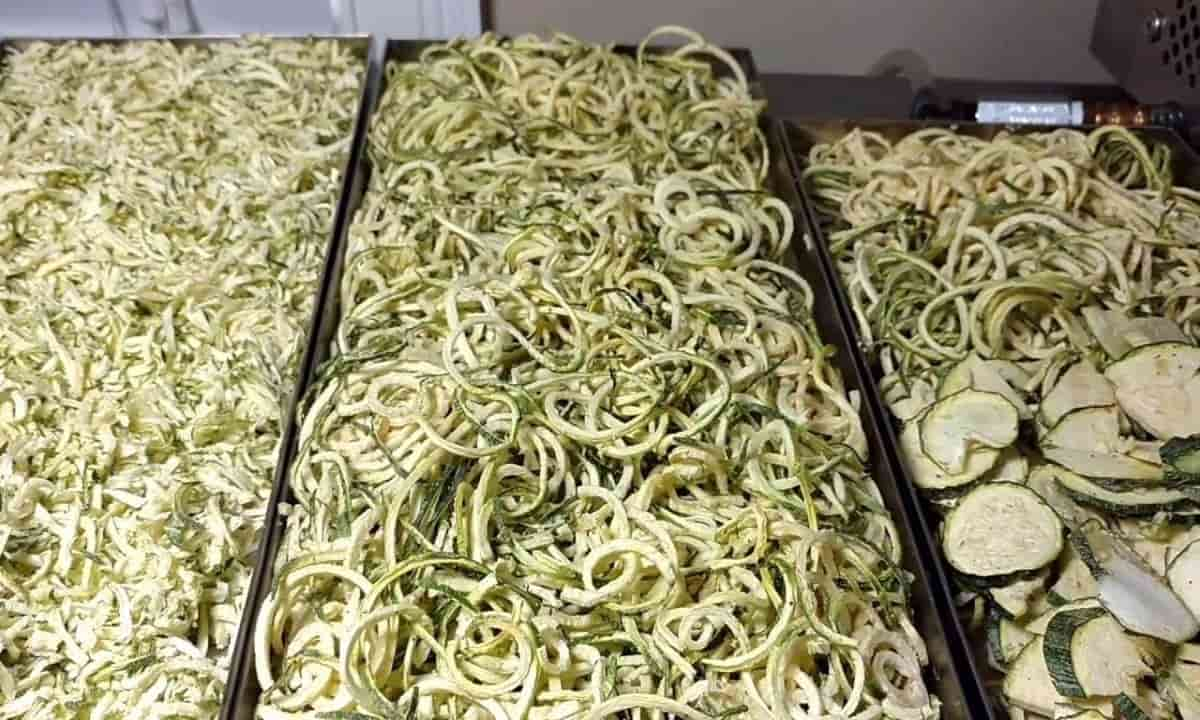
On the other hand, the temperature, humidity, and thickness of the noodles in the area will change throughout the course of time. However, in order for them to be considered complete, they must be brittle rather than flexible. Pumpkin Noodles That Are Safe To Eat:
Don’t let the zucchini get damp. Put your cooked noodles in sealed containers if you want them to stay fresh for as long as possible.
The dried noodles may be kept fresh without the use of a vacuum sealer if they are stored in a container that does not have a vacuum seal and is accompanied by a desiccant pack. Before you ever attempt to cook with dried zucchini, make sure you are familiar with the following information:
It doesn’t take very long for the liquid state of the zucchini noodle melt to develop. This indicates that you shouldn’t just pour them into boiling water as you would with conventional dry spaghetti.
Instead, you need to prepare them in a slightly different manner. This will cause the veggies to become mushy.
Instead, you should hold off on using them in the dish until the very end, as this will allow the moisture from the sauce to quickly rehydrate them. Another option is to submerge them in water that has been warmed but not brought to a boil.
You may be able to break them up by moving them about in the hot water for a few seconds, but if you keep doing that, they will turn back into the sand.
When the timer goes off, pour them through a strainer into a separate container after letting them drain for the allotted amount of time. Because they have been salted, the food that you prepare with them will likewise have a taste that is reminiscent of salt.
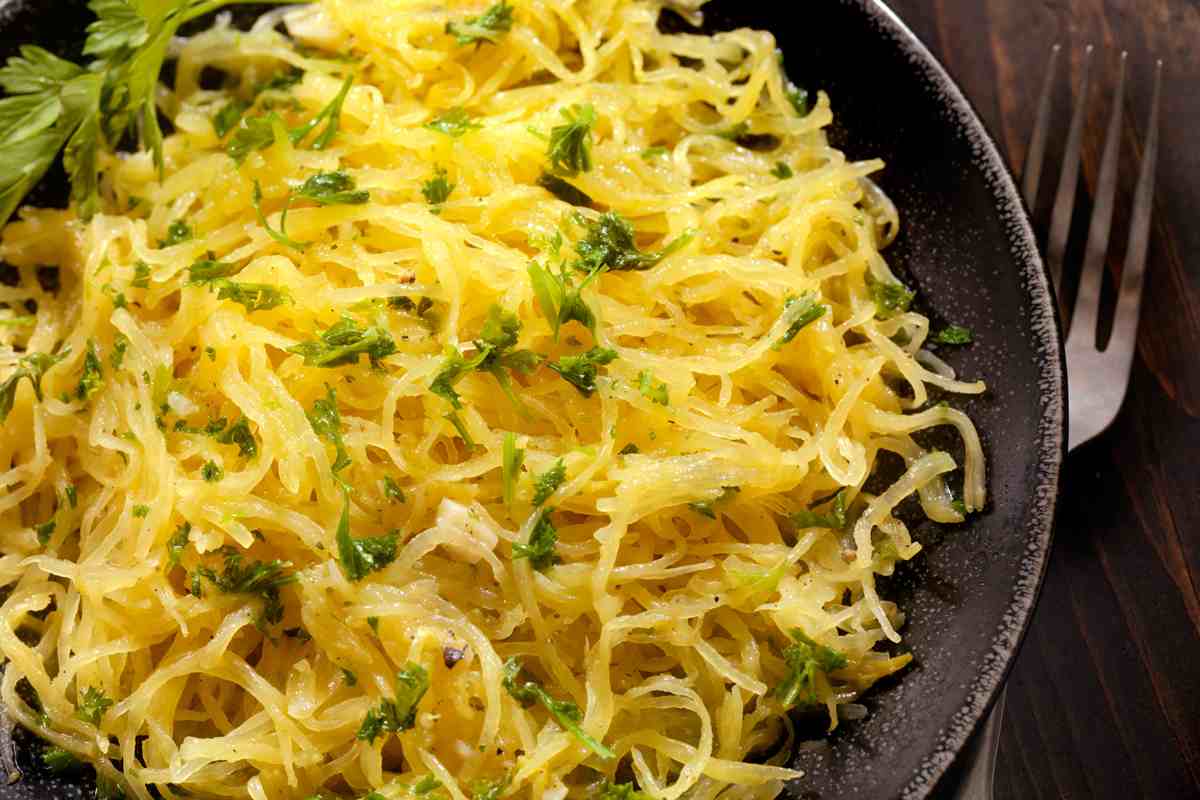
Dehydrate Zucchini Noodles
Before you begin juicing, choose a zucchini that is somewhere between small and medium in size, has a color that is brilliant green, and has a texture that is satisfyingly firm. This results in the maximum amount of juice that can be extracted.
Pick zucchini among the other available options if you want to eat it. If squash is easy to bend, this indicates that it has been out of the ground for an excessive amount of time and that it should not be purchased
. When compared to their smaller cousins, large pumpkins often have tougher skin and yield a greater number of seeds.
To get all of the juice from a large zucchini without any additional effort or preparation on your part, just cut it in half along its length and scrape out the seeds before using the zucchini.
If you follow these steps, you will be able to keep all of the liquid. The subsequent step is to heat the inner layer separately from the outer layer in order to improve the flexibility of each layer.
Combine the potato pulp that has been cooked in the microwave with the pulp that has been extracted from the zucchini. The following article includes step-by-step instructions for juicing zucchini with their skins still on; the juice that is extracted from the zucchini may then be utilized to make soup.
The most straightforward approach to preparing the vegetable for dehydration is to cut it into chips, sometimes known as crosswise coin slices.
After steaming the raw zucchini, it must be sliced into extremely thin rounds with a thickness of less than one-eighth of an inch. These rounds are sometimes referred to as “across coin slices” or “zucchini chips.”
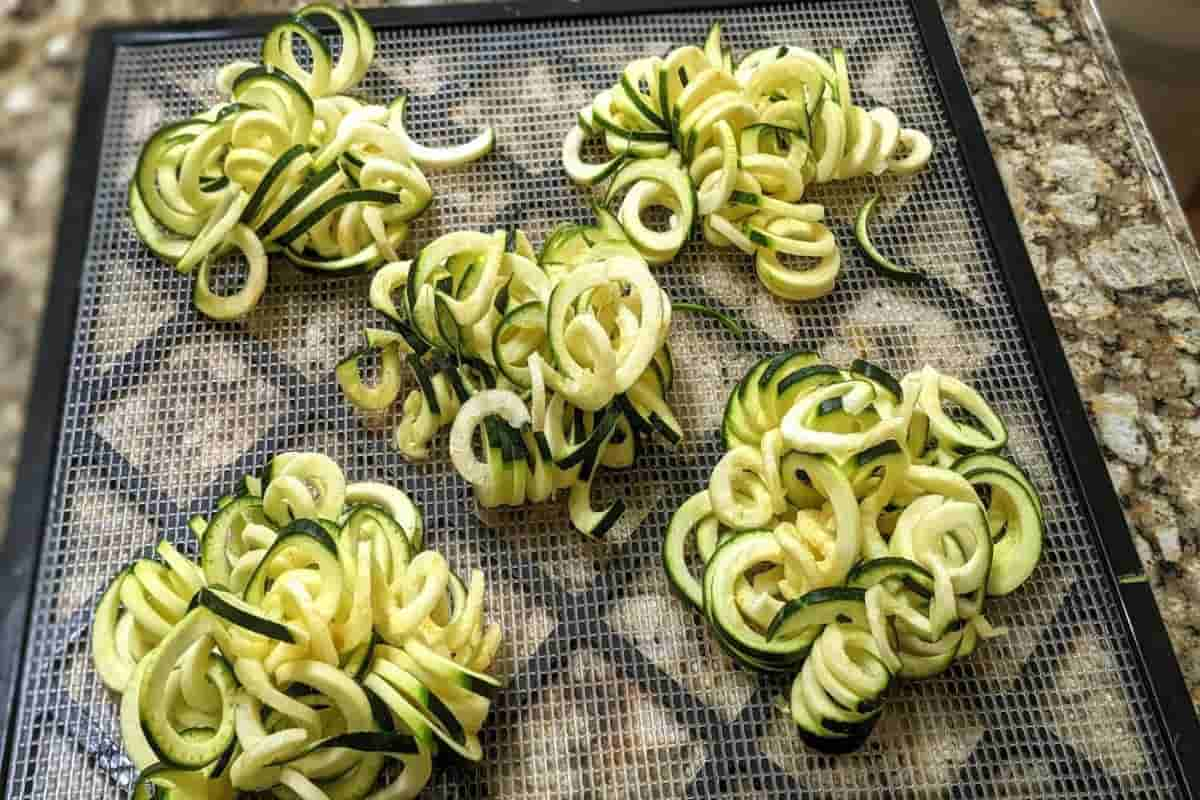
For the slices to withstand steam, they should be at least one-quarter of an inch thick. When preparing food for a camping trip, sliced zucchini should be cut in half twice to form quarters. This method is used to split each quarter into two halves.
The following is a list of examples of foods that must be peeled and sliced before they can be consumed:
Because the skin of the zucchini has a high concentration of nutrients, the only way to get the benefits of this vegetable is by consuming the vegetable in its whole.
After the skin has been peeled off the squash and the flesh has been cut into cubes measuring one inch on each side, the squash may be dried and used to produce colorful sweets that have a variety of different textures.
If you cut a zucchini in half lengthwise and dry each half separately, you can get the same quantity of dry food from one zucchini as you would from two other vegetables.
This is due to the fact that a single zucchini contains more water than the water content of two other vegetables combined. As the soup becomes white, you should work from the lighter powder in the center of the container outwards.
In that location, the powder is made. First things first, pumpkins need to be well cleaned before being cut in half or quarters, depending on how large they are.
As you cut the other sides, you need to make sure that the side that was cut is facing up. After playing for a time, you will eventually come across a scenario in which you will need to deal with an abundance of what seems like green tiles.
You could definitely make some of them smaller by chopping some of them up and using that method.
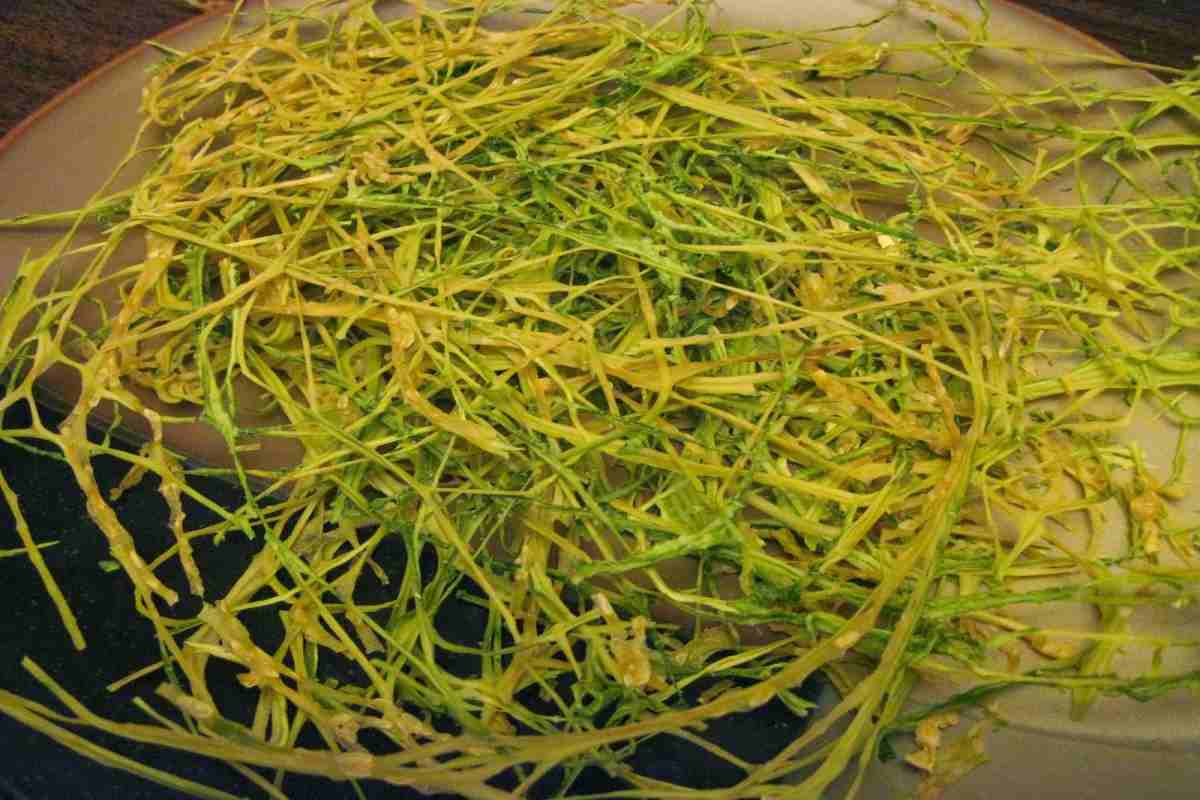
Following the instructions given above, cut the interior rectangle into smaller zucchini strips or cubes measuring 1 millimeter by 1 millimeter.
In order to prepare zoodles, you will need, in addition to zucchini, the following ingredients:
Dehydrated zucchini noodles are not only low in carbohydrates but also gluten-free and packed with nutrients.
If you are seeking a technique to reduce the number of carbohydrates you consume without compromising the pleasure of the food you eat, this is an excellent choice for you to consider.
After being rehydrated, these vegetable “noodles,” also known as “zoodles,” have nothing in common with conventional wheat pasta and should not be treated as such.
These noodles will have a texture that is much different from that of pasta, and they will be substantially easier to chew than spaghetti would be.
In any case, the unorthodox form of the noodles will provide an exciting new dimension to the meal that you prepare using them due to the fact that you will be using them.
When used to produce zucchini noodles, larger zucchinis provide superior results since the seeds within them have had more time to develop into their full forms.
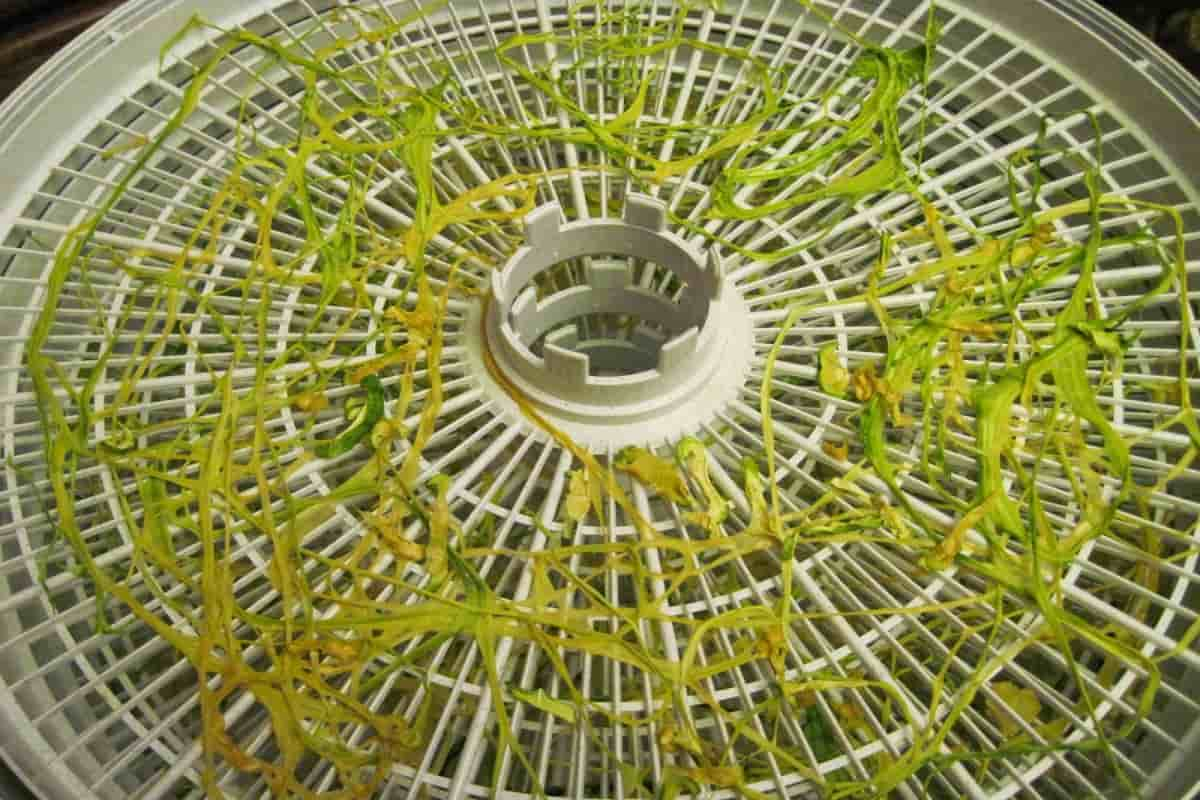
This is a result of the extensive research and breeding efforts that have been put into producing larger zucchini. On the other hand, zucchinis of a more manageable size might also be utilized for this purpose.
To begin, peel the zucchini as seen in the figure to the top right. It is situated on top of the artwork that is under discussion. After you have peeled the zucchini and removed the skin, you should have around three or four squares of peeled zucchini if everything goes according to plan.
You can cut a block into strips that are 3/8 inches wide if you lay it on its side, split it into rows, and then cut the rows into strips.
In order to do this, flip each block over onto its side. To do this, flip each block over so that the side facing away from you is facing you.
Spaghetti cooked with zucchini that has been spiralized:
If your zucchini noodles are any thinner than 3/8 inch, you will need to dry them for six to eight hours at 135 degrees Fahrenheit (57 degrees Celsius) or until they become somewhat flexible.
If the thickness of your zucchini noodles is more than 1 centimeter (0.39 inches), you may skip this step.
After being pre-salted or combined, the stringy parts of the soft squash become brittle and break up into pieces. This is due to the pre-salting and processing of the threads, which caused the threads to become dry.

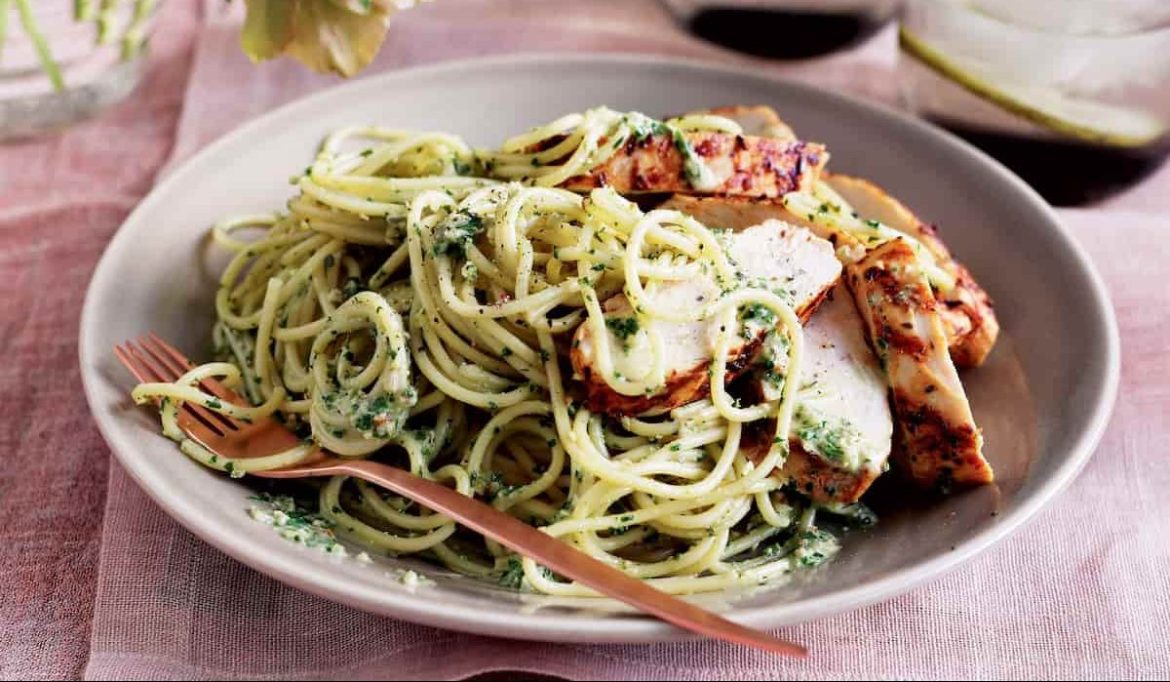
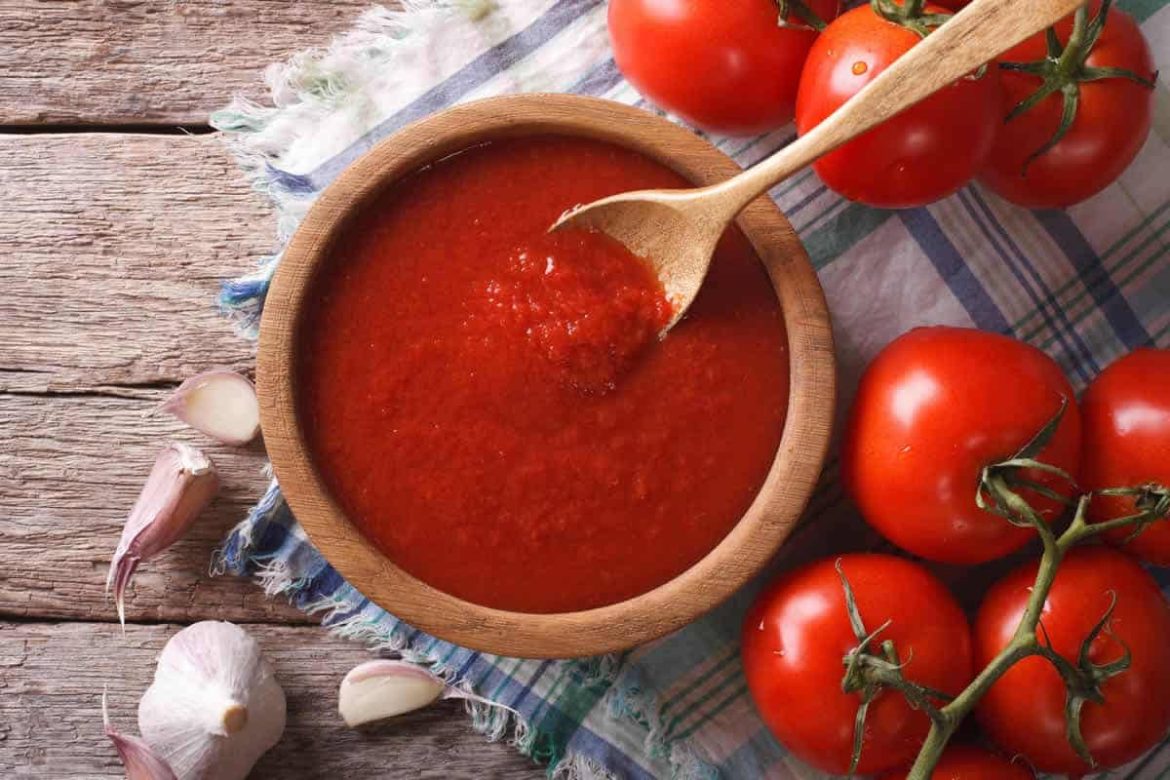
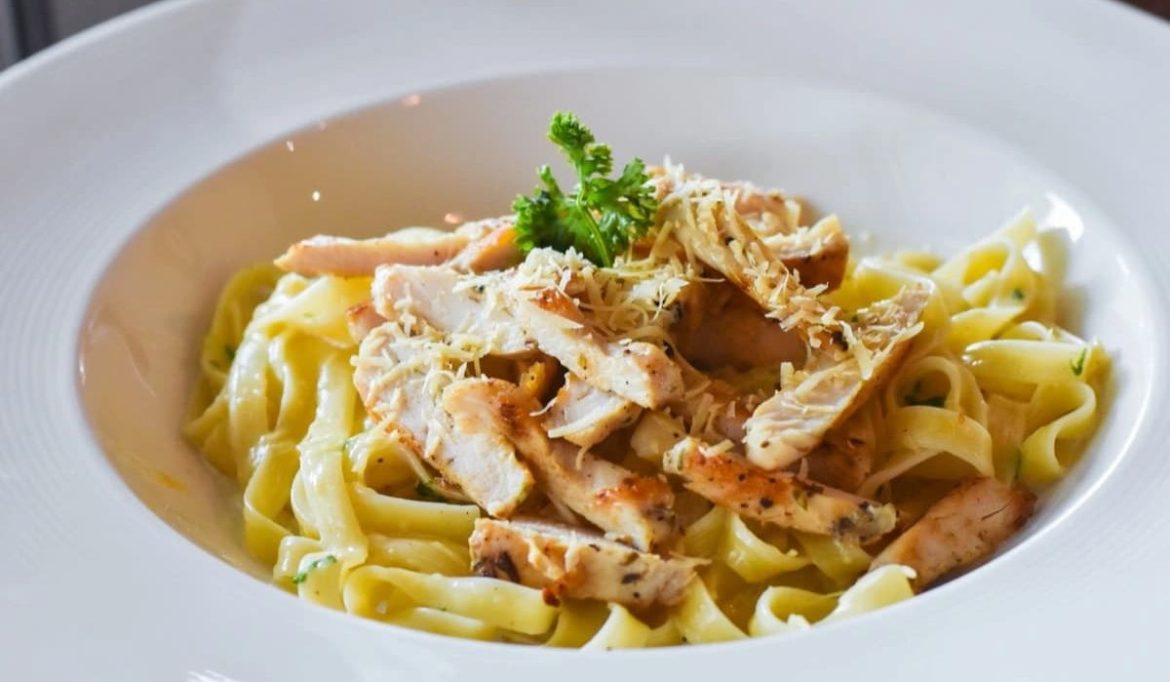
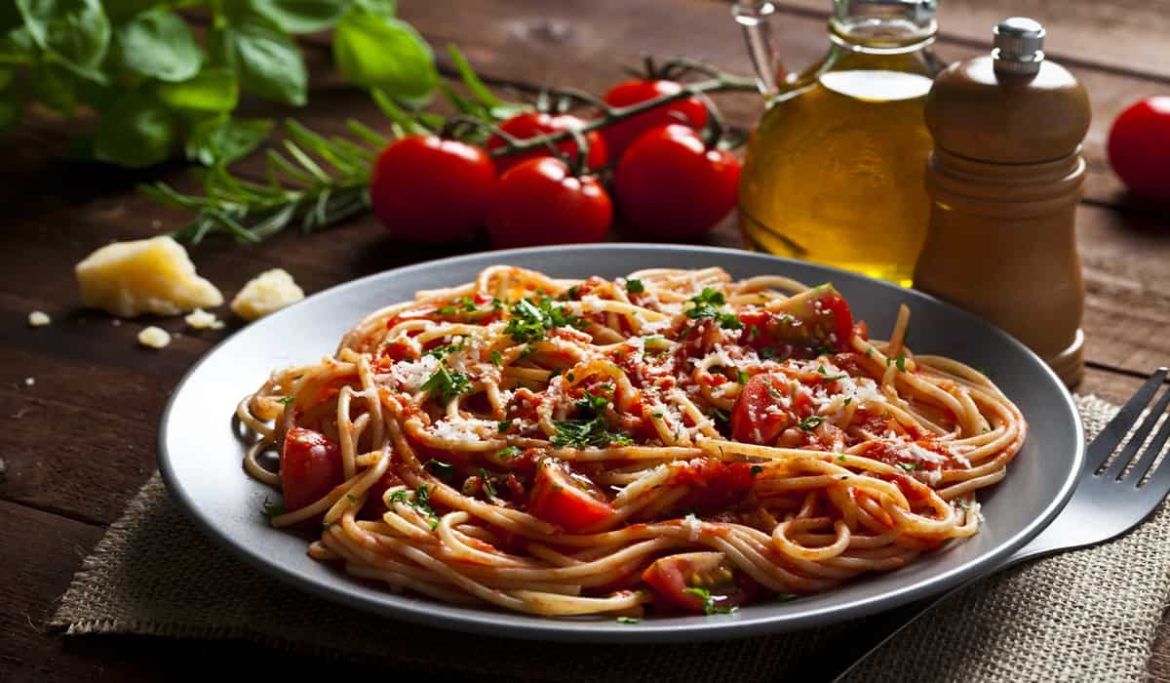
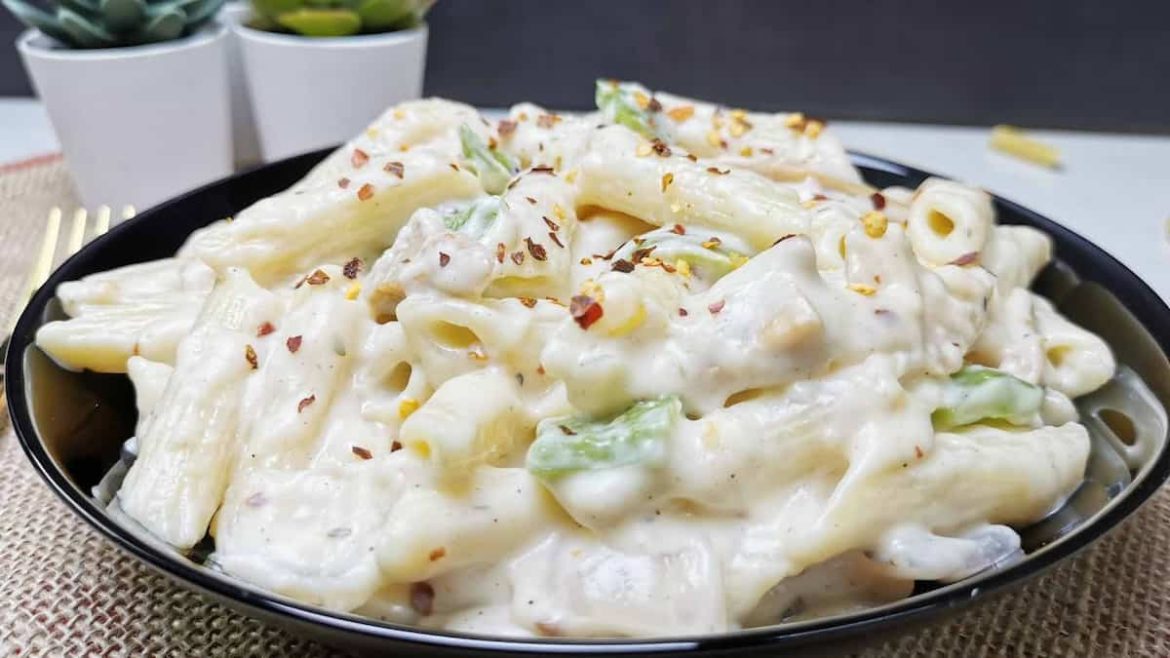
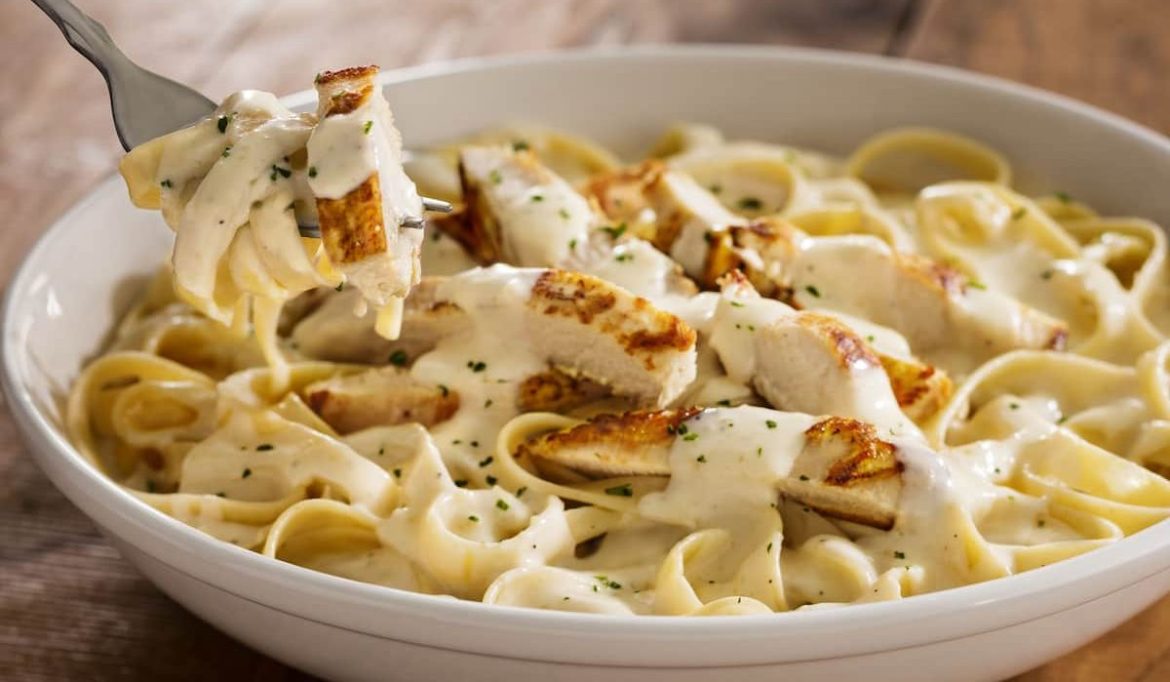
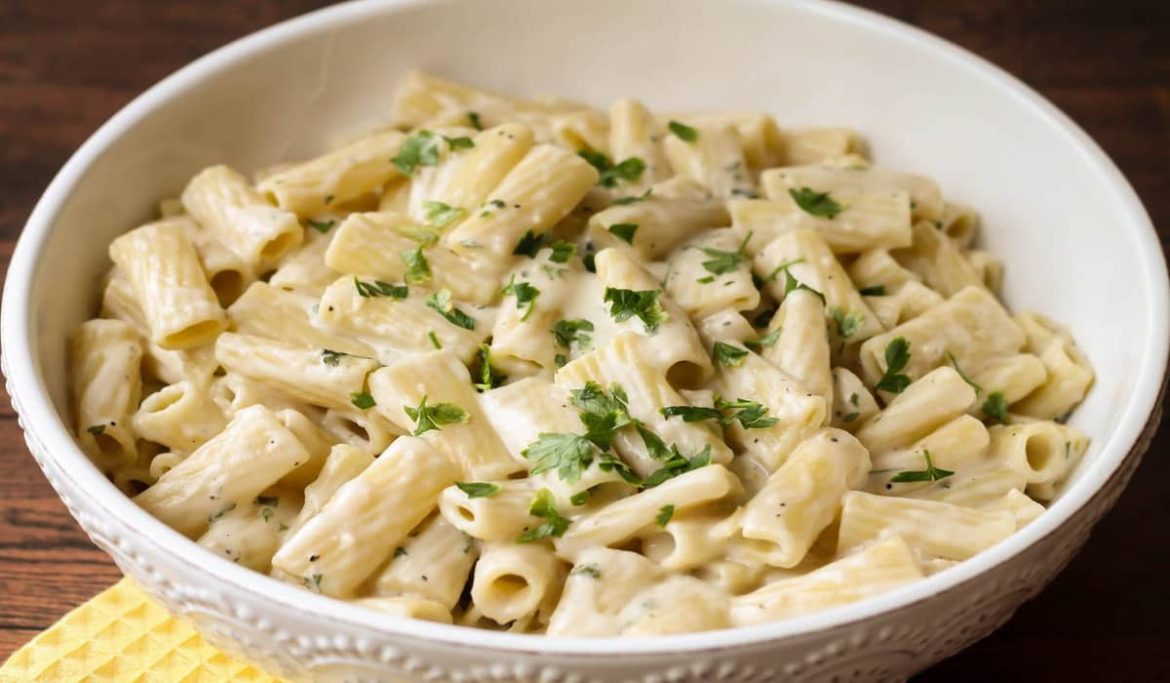
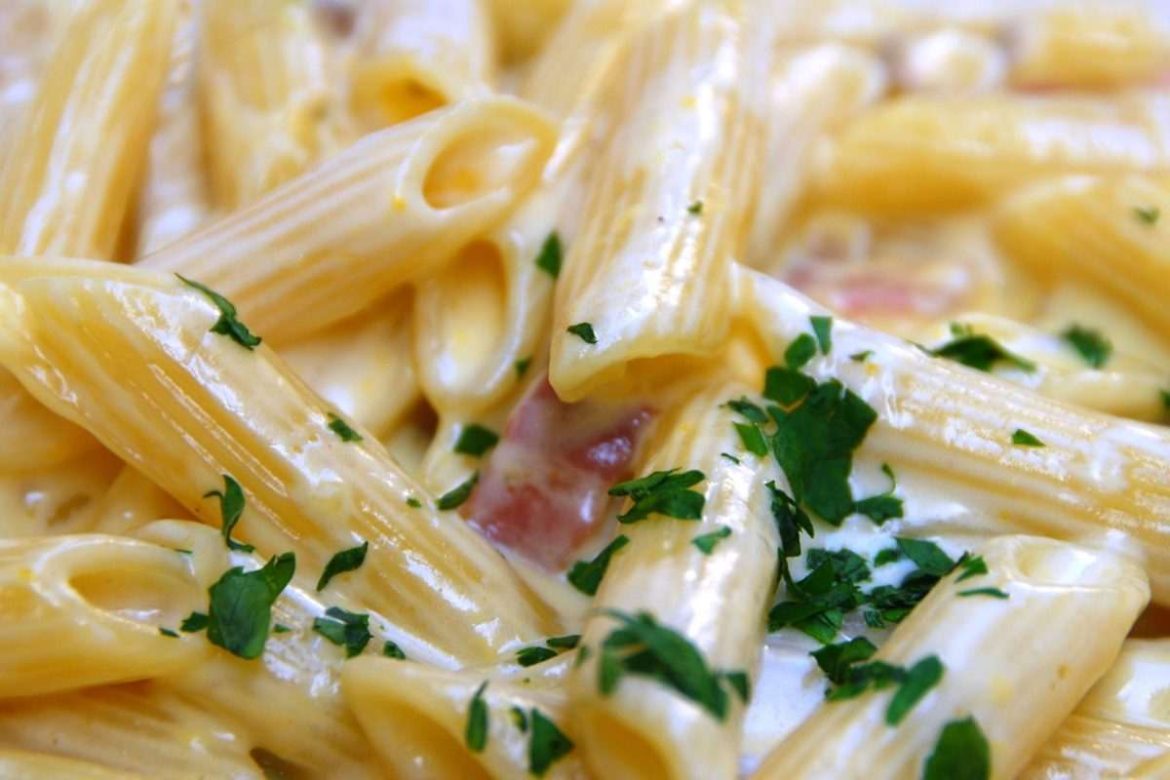
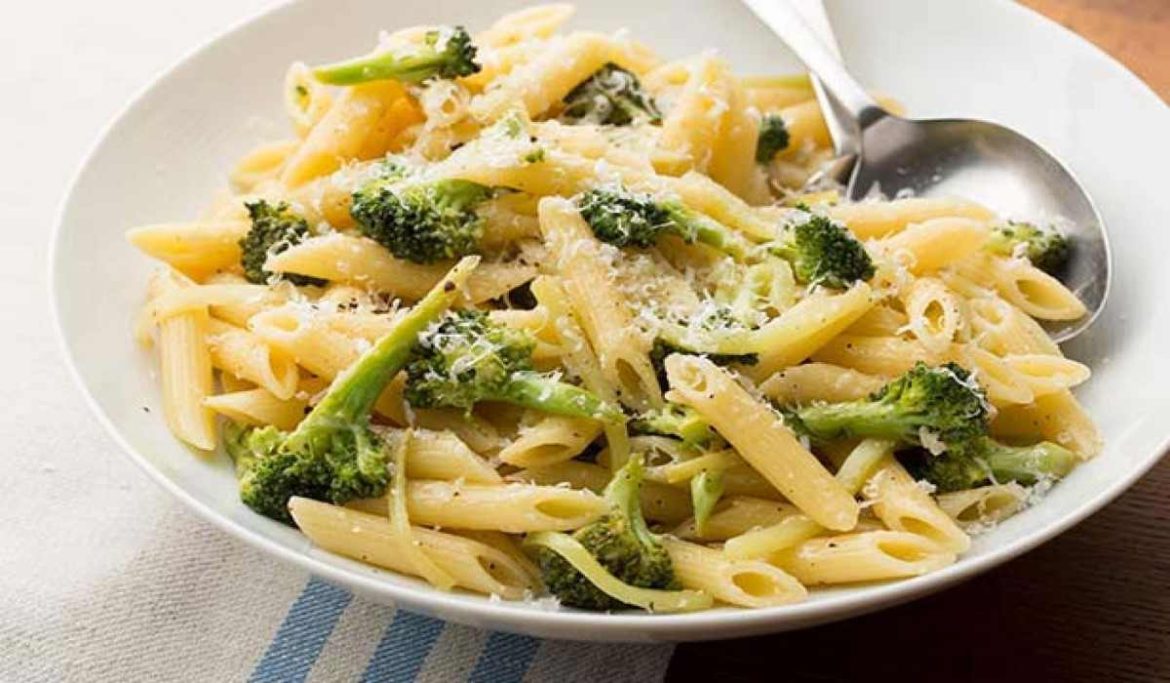
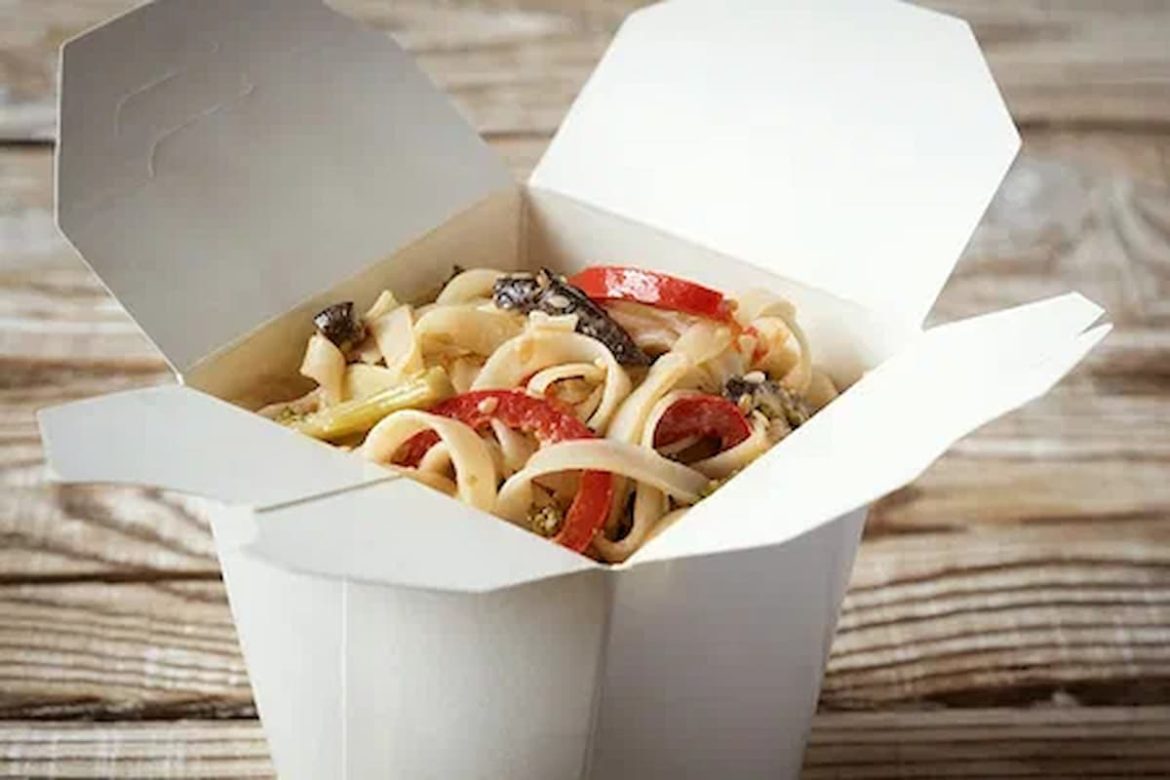
Your comment submitted.